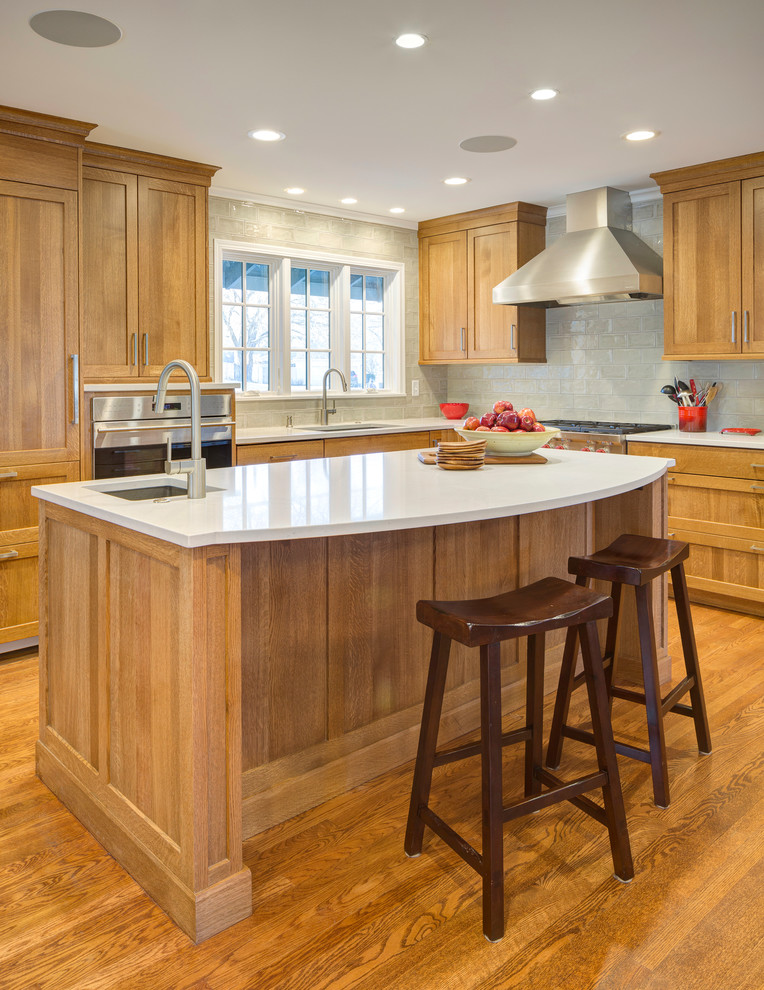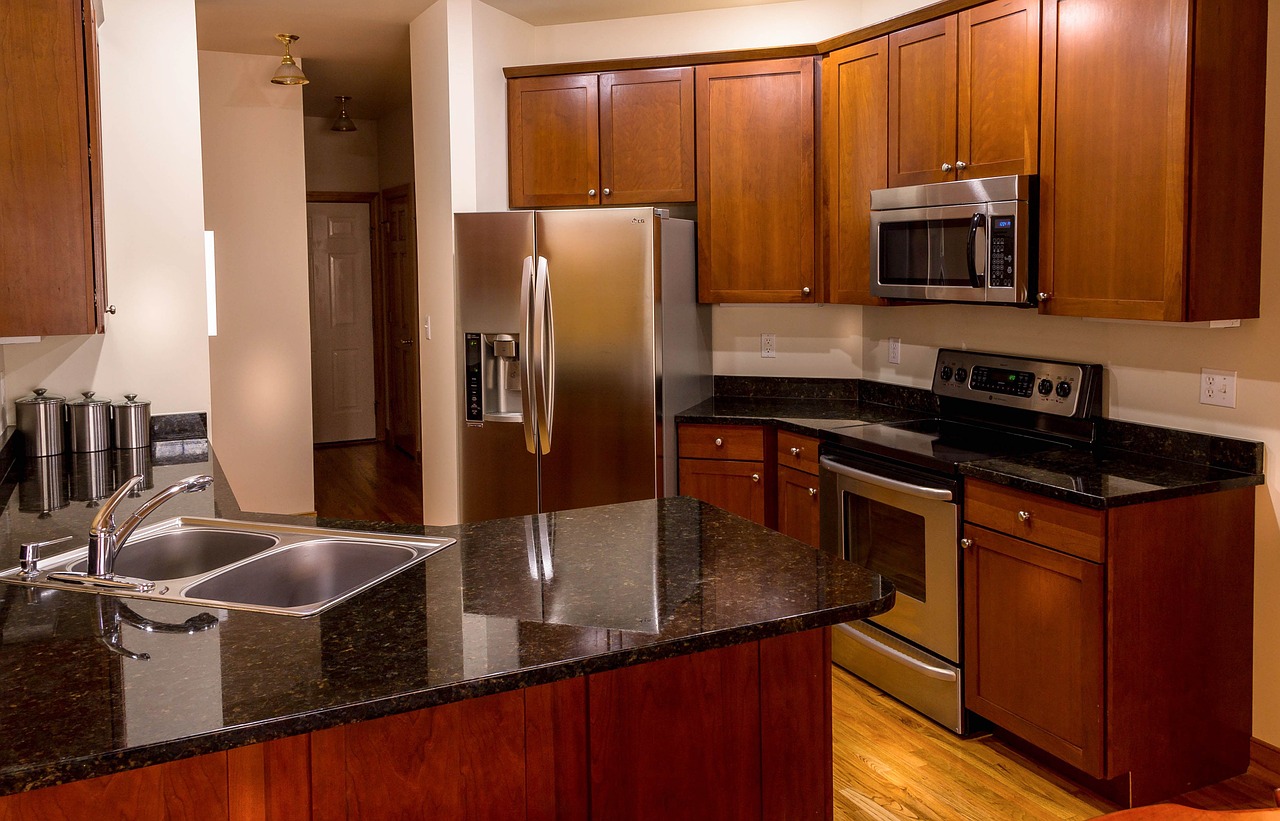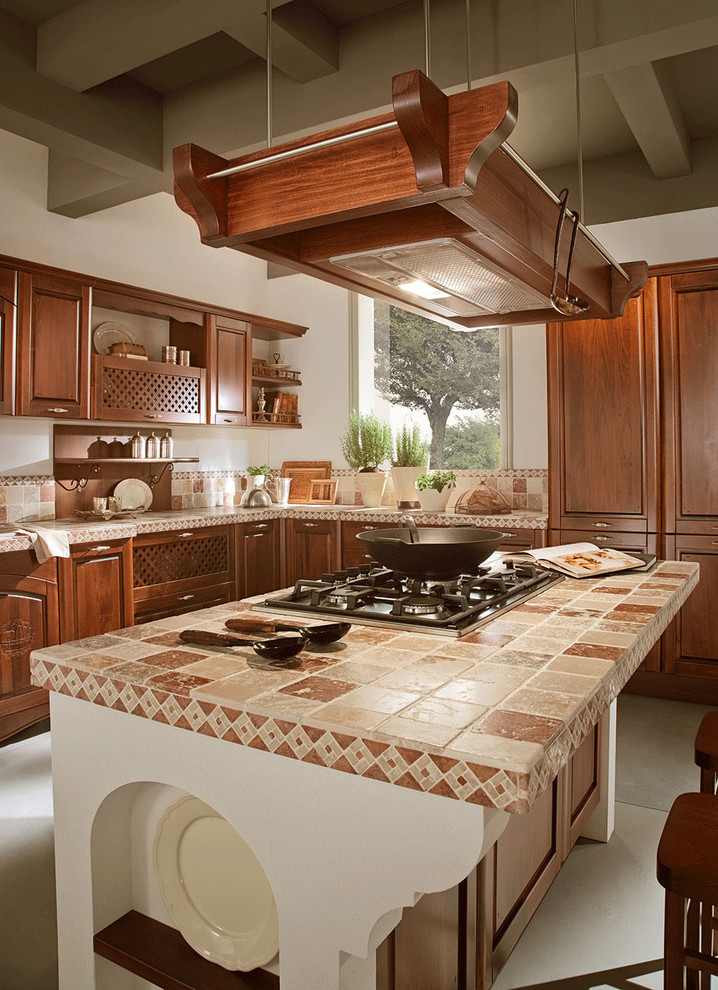When looking for quartz countertops, you have to look for more than just colours, textures and patterns. Since the worktop slabs are installed in kitchens or bathrooms, their measurements are done in width, depth and length.
While quartz kitchen worktops can be manufactured in any dimension, the thickness of these slabs for worktops is standard – 30 mm and 20 mm. Some manufacturers also offer a prefabrication facility to make thinnest slabs with only 12 mm of measurement to make the edging process easier.
Thin and Ultra-Thin Quartz Countertops
For adding a contemporary feel to any modern home, 12 mm quartz worktops are becoming popular, as they are sleek and chic in appearance. Even in houses covered in design magazines, you can find ultra-thin or thin quartz worktops.
Thin quartz kitchen worktops direct are becoming increasingly popular because they are easy to install. Moreover, these worktops can be fixed on the exposed webbing of cabinets without requiring continuous substrate. They are also easy to fabricate, which makes these thinner quartz worktops more affordable compared to thicker worktops.
Photo by Great Lakes Granite Works
The thinner quartz worktops are ideal for installing in places like:
- Wallcoverings
- Fireplace surrounds
- Backsplashes
- Shower and bath ornaments
Thick Quartz Countertops
The industry offers a standard 20 mm quartz worktops and 30 mm quartz worktops. The thicker countertops are considered classics in terms of design and visual appeal.
Although thinner quartz slabs offer sleek and minimal feel to the kitchen worktops, thicker ones appear more intricate and luxurious in any kitchen design.
Photo by Ernesto Santalla PLLC
30 mm quartz worktops are priced higher compared to 20 mm and thinner quartz slabs. The reason behind its high price is not only visual aesthetics but also several long-term advantages that these worktops offer.
Photo by Arizona Designs Kitchens and Baths
Compared to 20 mm quartz worktops, 30 mm countertops are more durable and more comfortable to install. These are also less prone to damages due to higher thickness than the thinner counterparts. The width also offers higher value to kitchen worktops. The thicker the worktops, the fewer the seams exposed. It also gives a solid edge to the countertop for maximizing its usage.
How to Choose Perfect Thickness for Your Quartz Countertop?
For determining what thickness of quartz worktops will suit your food preparation area, here are some essential aspects to consider:
- Heaviness: Since 30 mm countertops are the classicist and priciest, it doesn’t mean that these are the best. It would help if you considered the weight of the countertop that your food preparation area can carry. For instance, older homes are prone to more wear and tear. That’s why they must not install very thick quartz worktops throughout the place. In this case, it’s best to opt for thinner versions.
- Resilience: The thicker quartz worktops are stronger than thinner slabs. Therefore, they can support more weight. If any homeowner wants to install a breakfast bar in their kitchen, thicker worktops are best for such places. If they somehow could not find a suitable thicker worktop, then they have to consider adding additional support like brackets for preventing overhanging due to damages or cracks. But if you want to create a quartz kitchen island or add quartz slab in places where there is no traffic, thinner quartz countertops are ideal.
- Price: If we talk about cost, a limited budget is better. There is no doubt about the fact that thicker worktops are pricey. Moreover, transportation cost is also added to their price. But the thinner worktops are less pricey and also affordable to transport. However, thinner kitchen worktops direct are fragile and need extra care that may add to the handling cost. Besides, you even have to add additional support to thinner worktops, and this also adds to their final price.
Photo by Loop Design
Depending on these factors, it’s up to you to decide which worktop thickness to prefer according to the usage and your ability to maintain the worktop.















